
This 77-year-old woman was admitted to Raleigh Court Health & Rehabilitation Center in Roanoke, VA due to weakness and inability to care for herself. She was hospitalized after a stroke where she was also diagnosed with COVID-19. Before the stroke, she was undergoing treatment for metastatic lymphoma (cancer in the lymph system that has spread to the lungs). Prior to hospitalization, she lived alone and was independent with self-care and mobility.

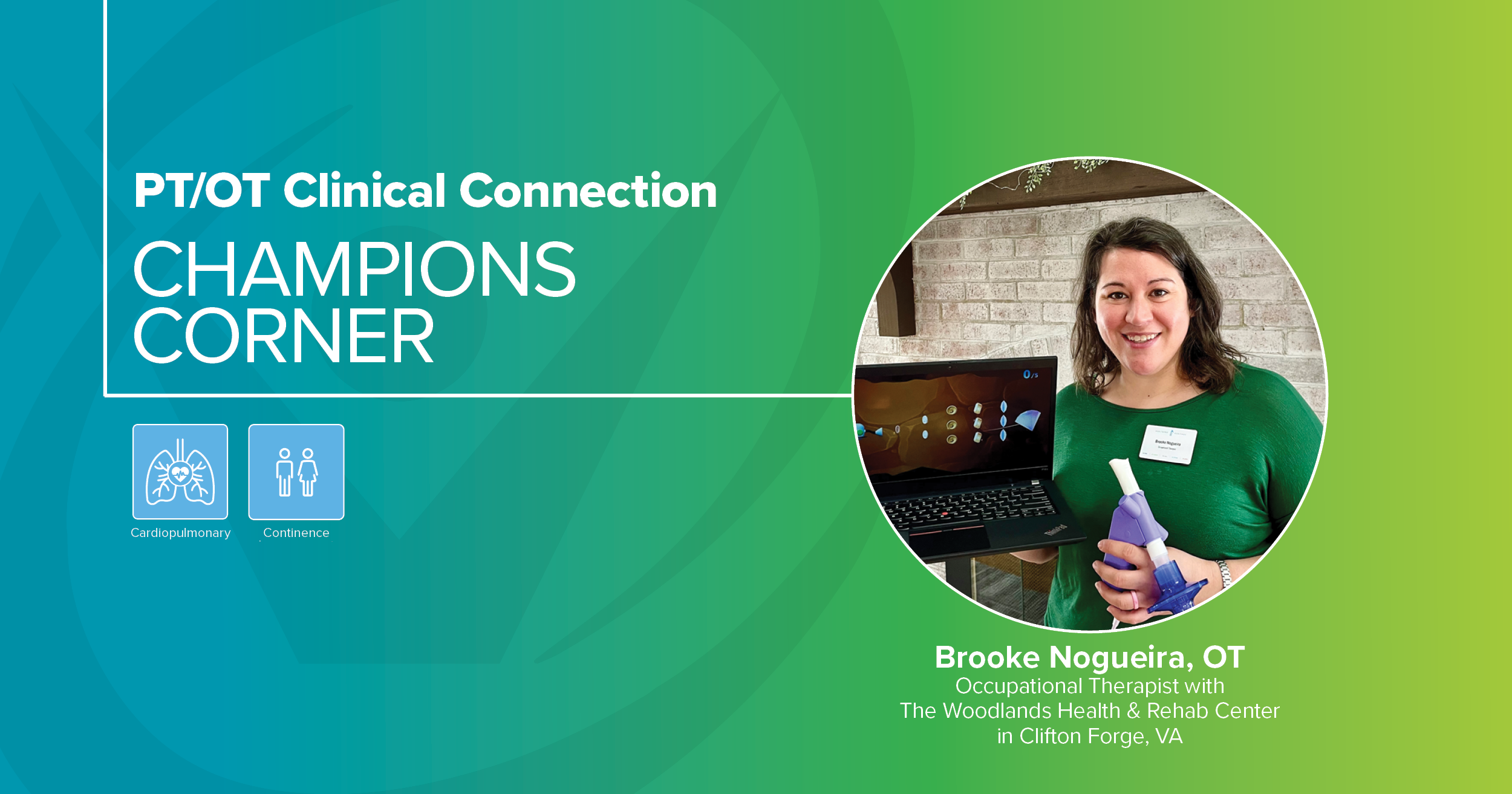
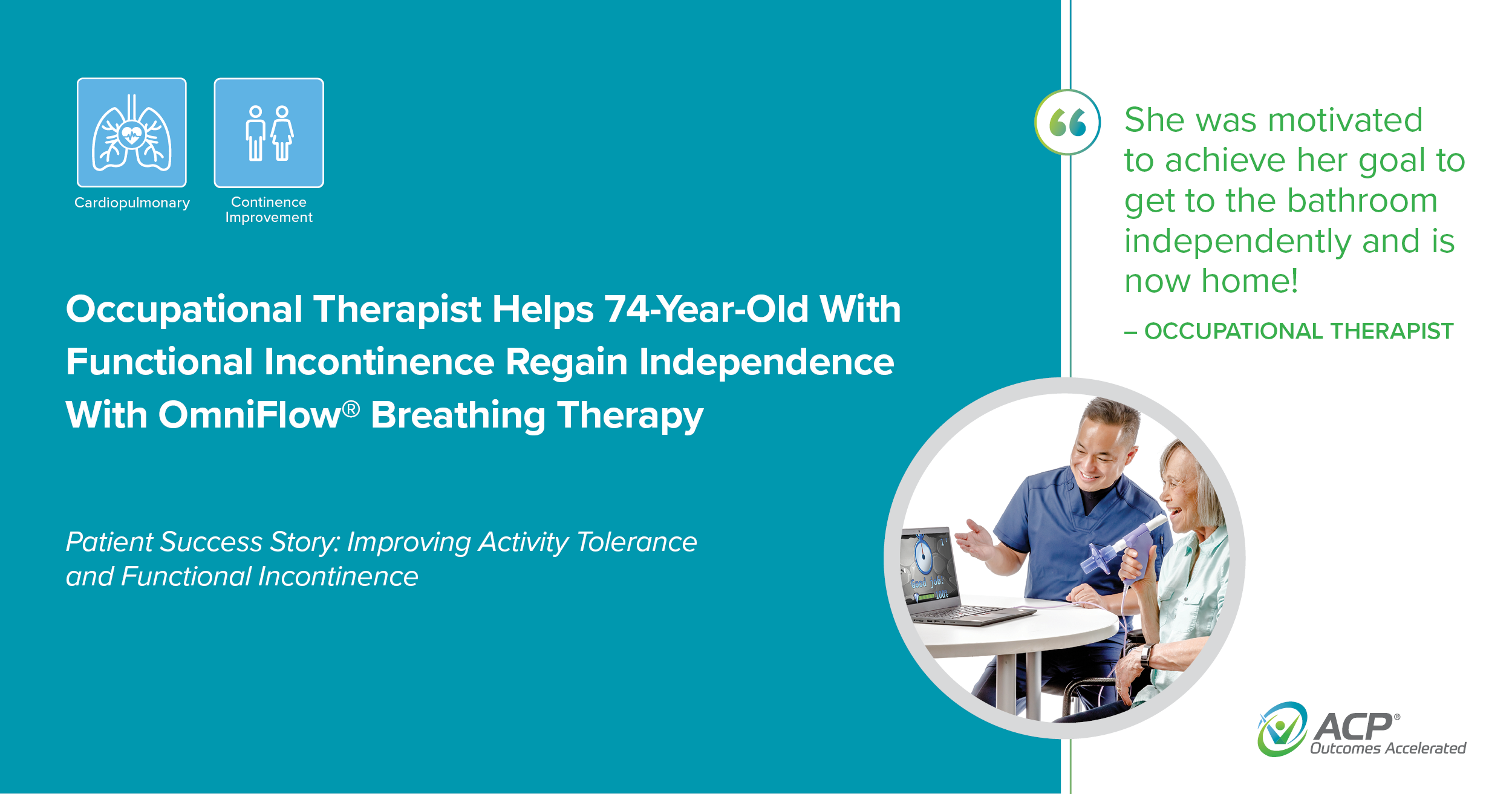
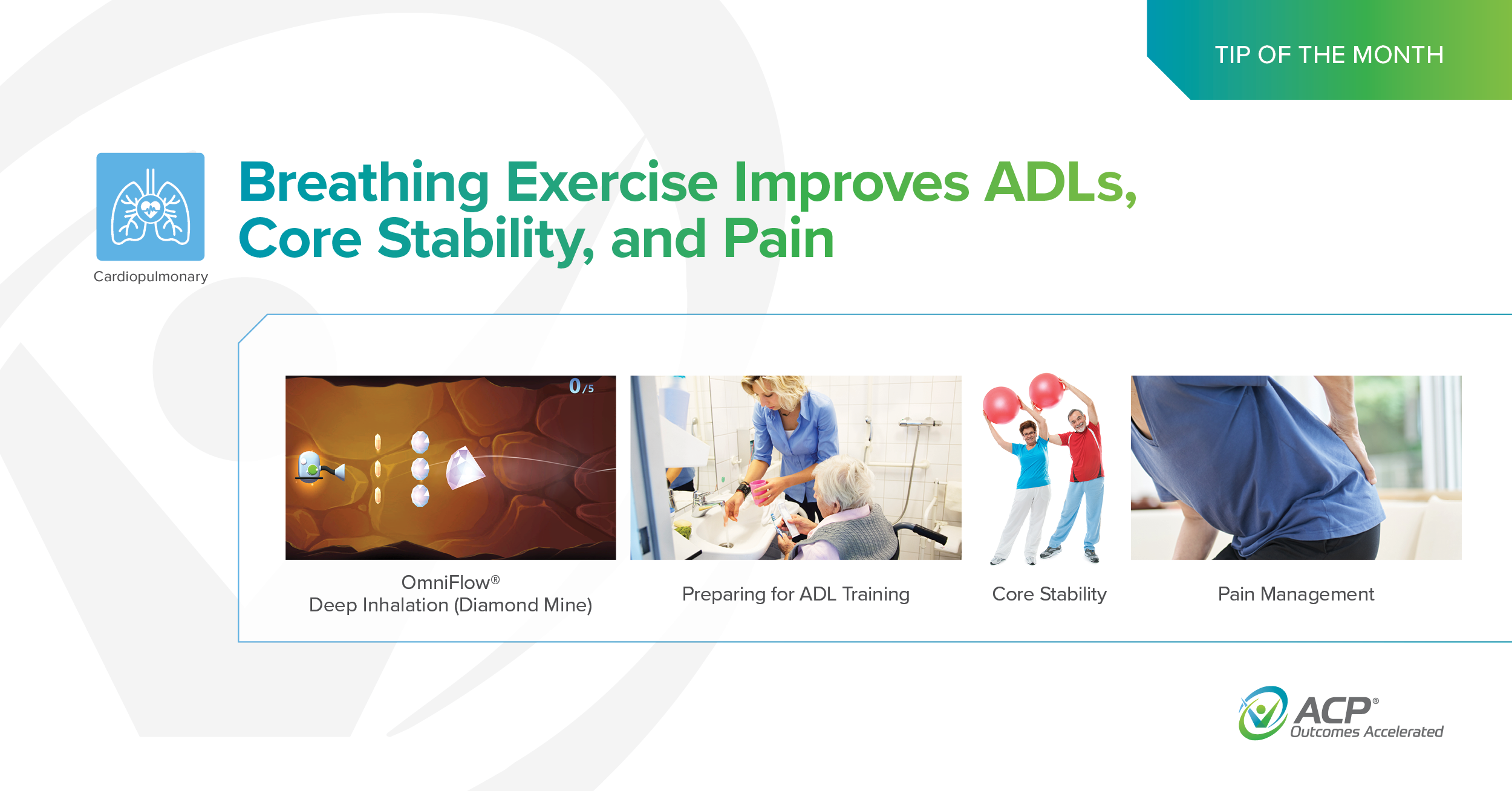
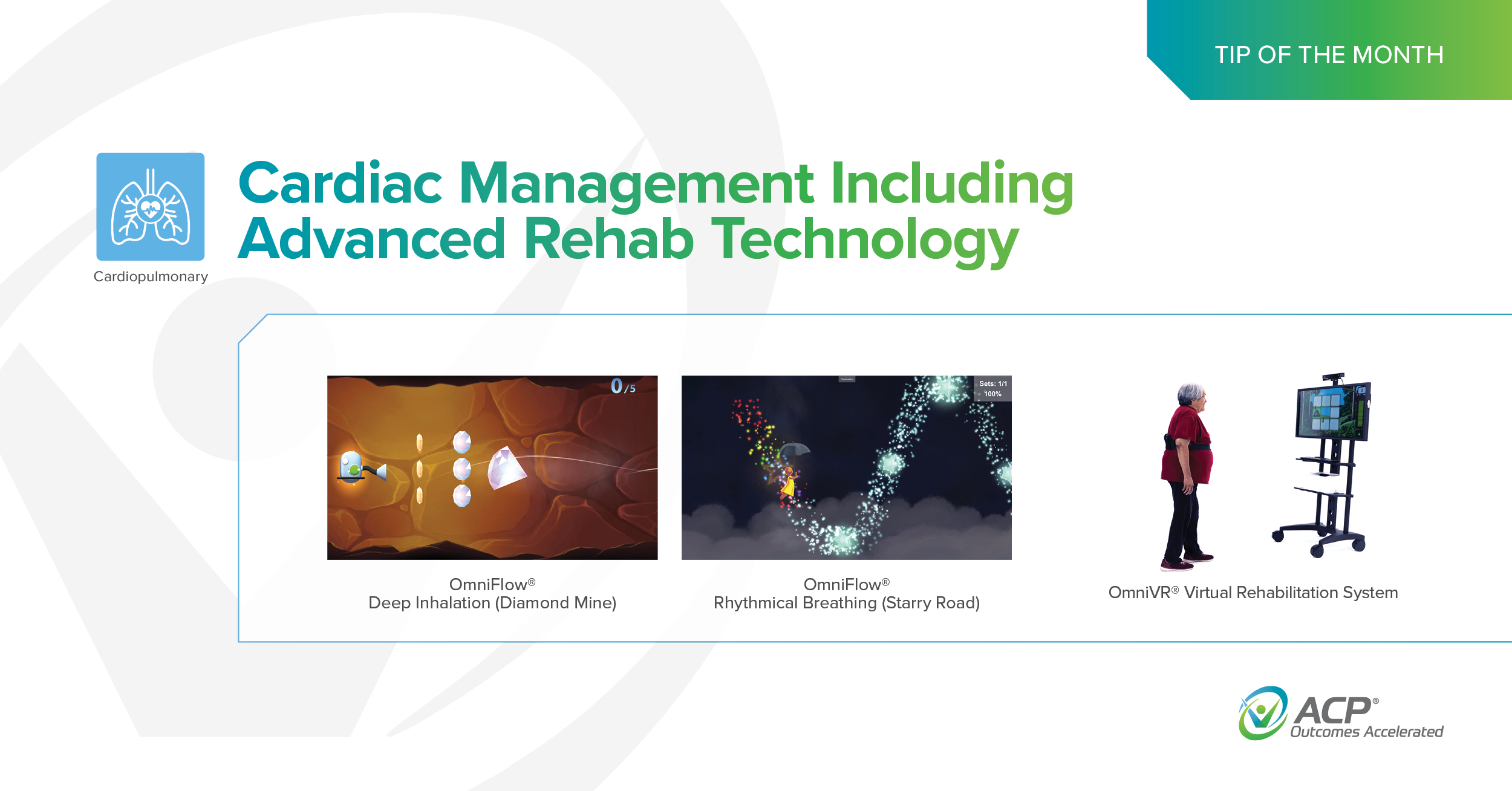
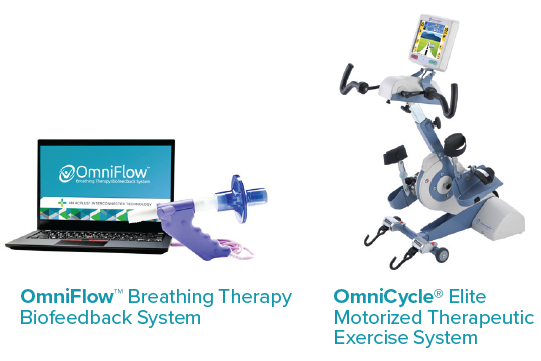

.png)
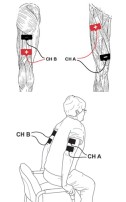
_cropped.png)